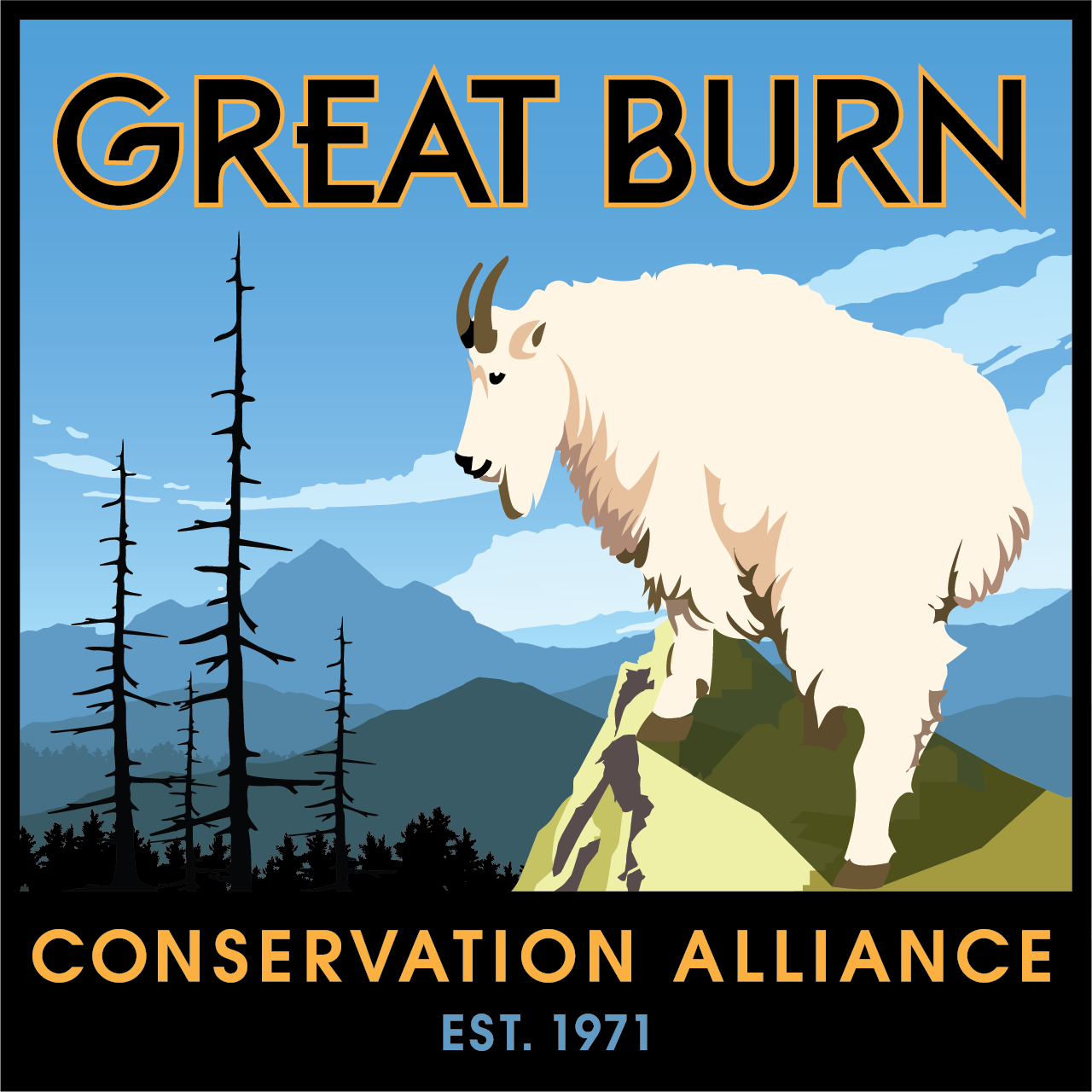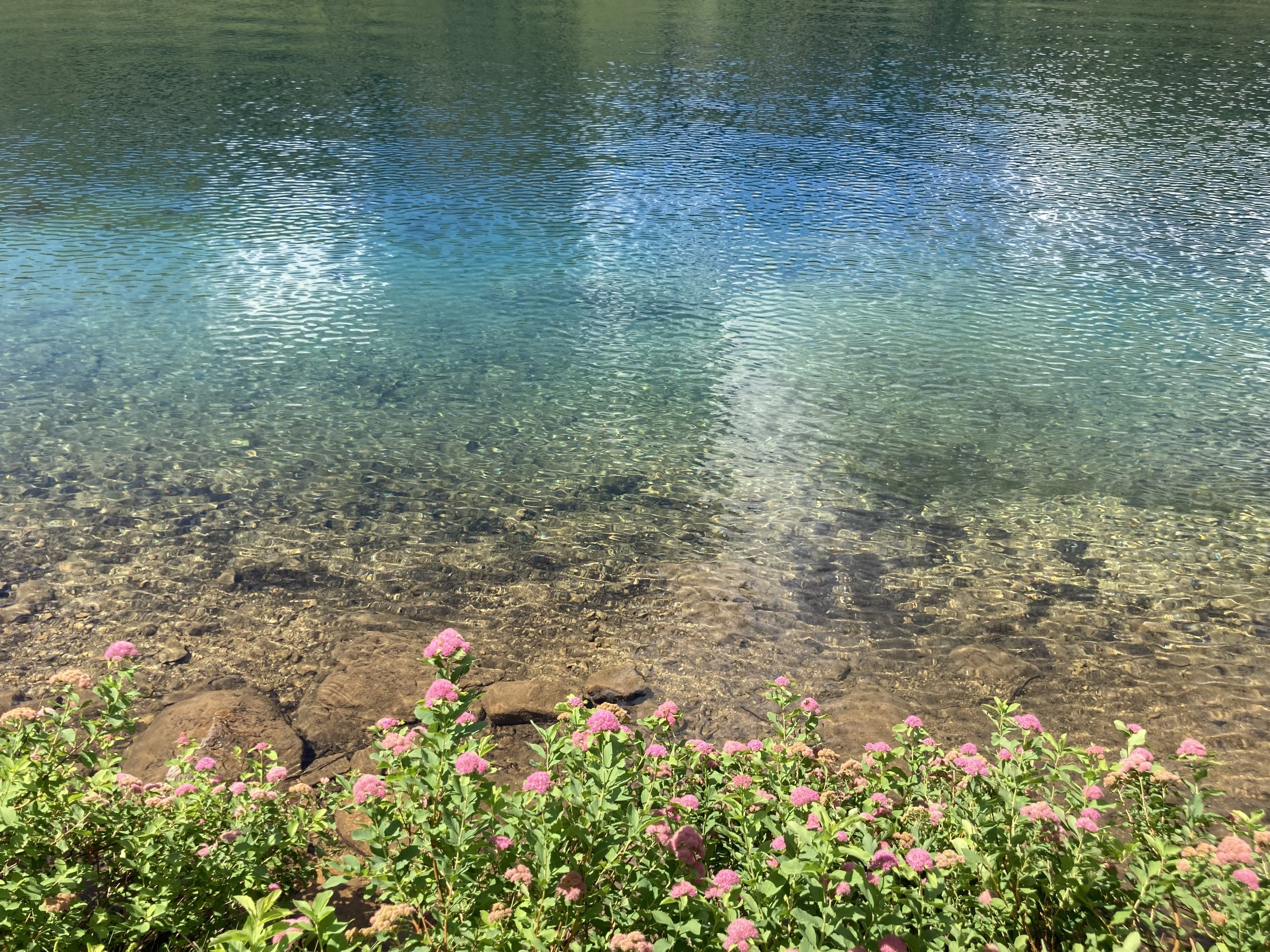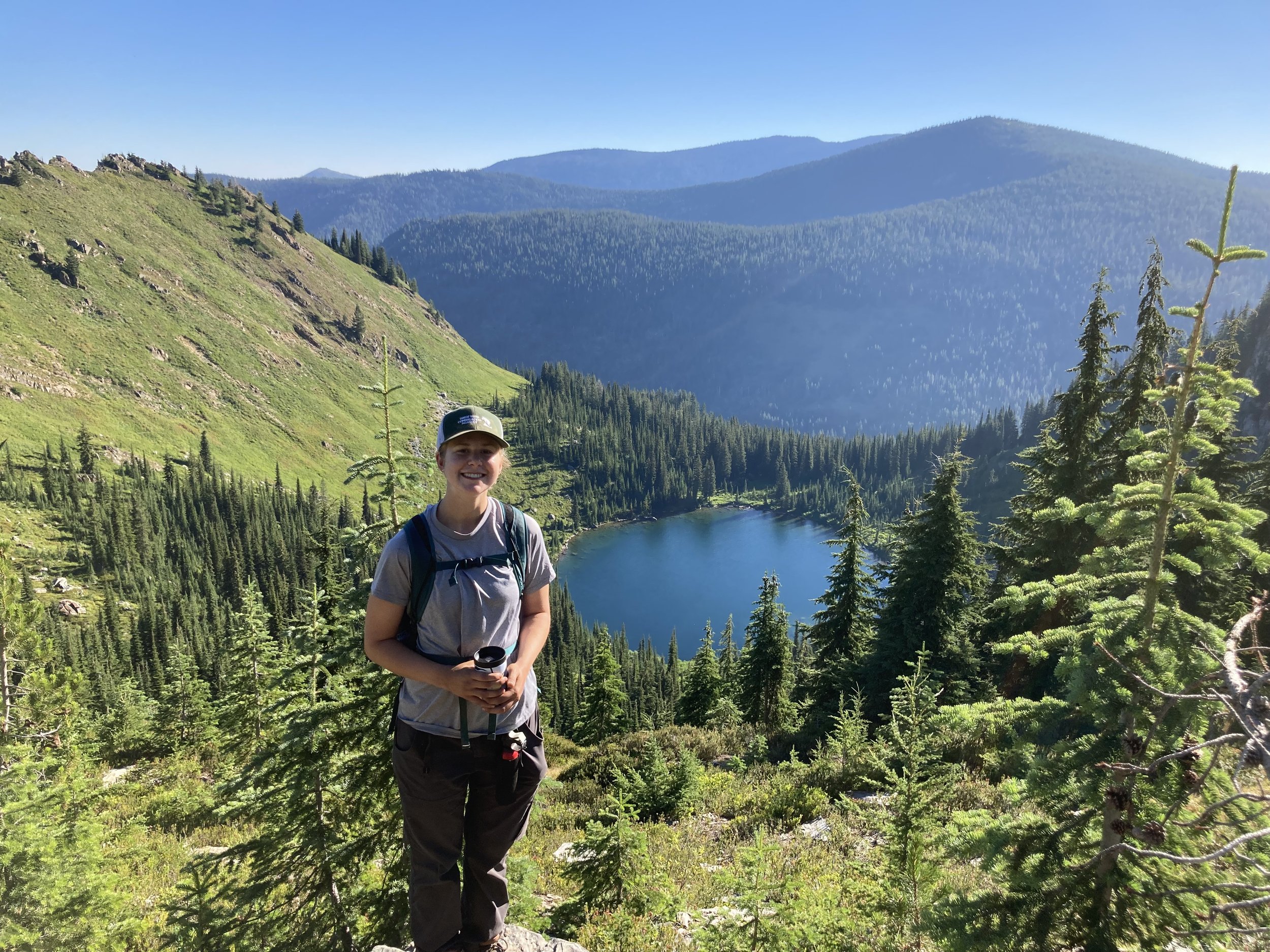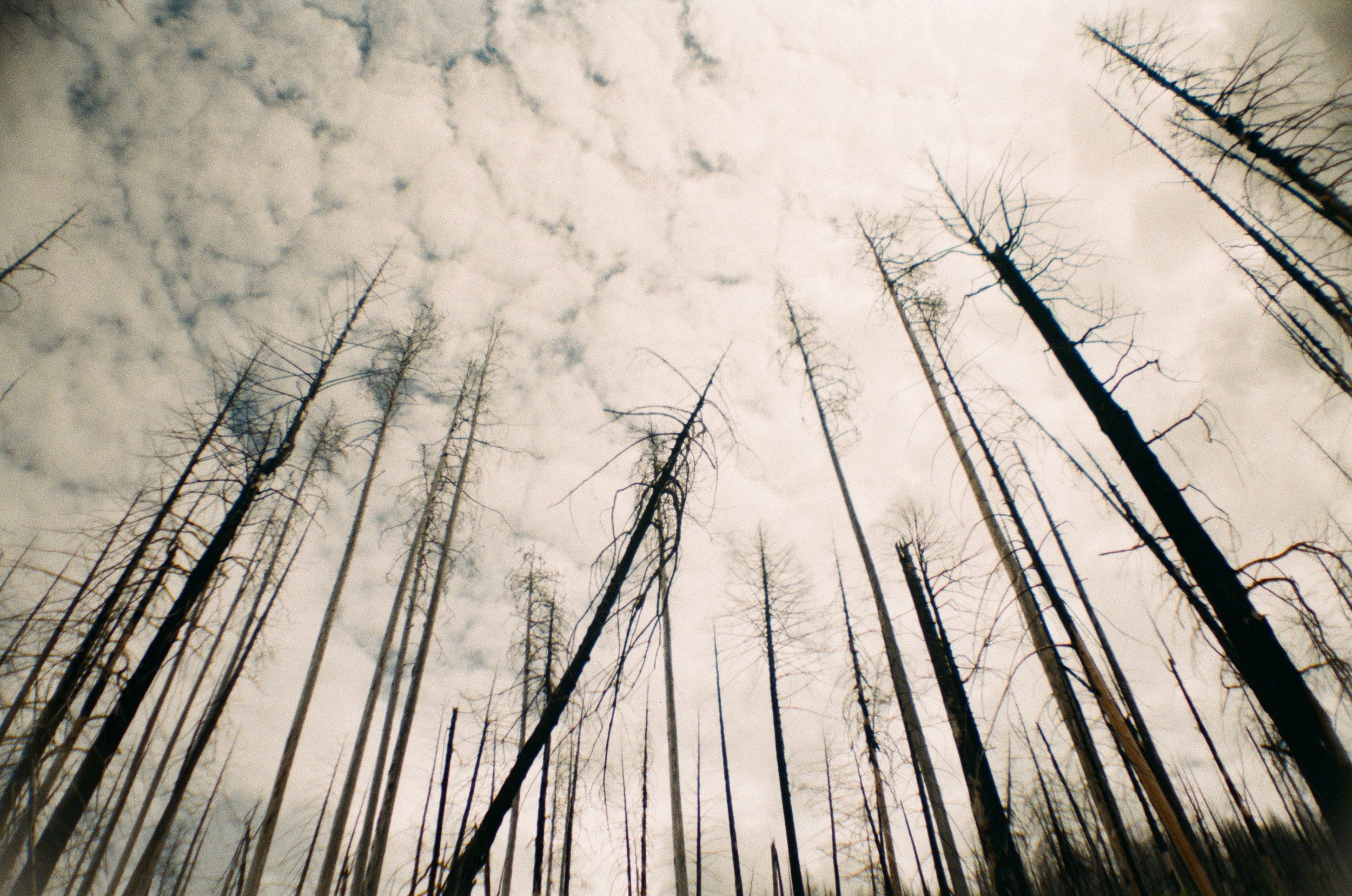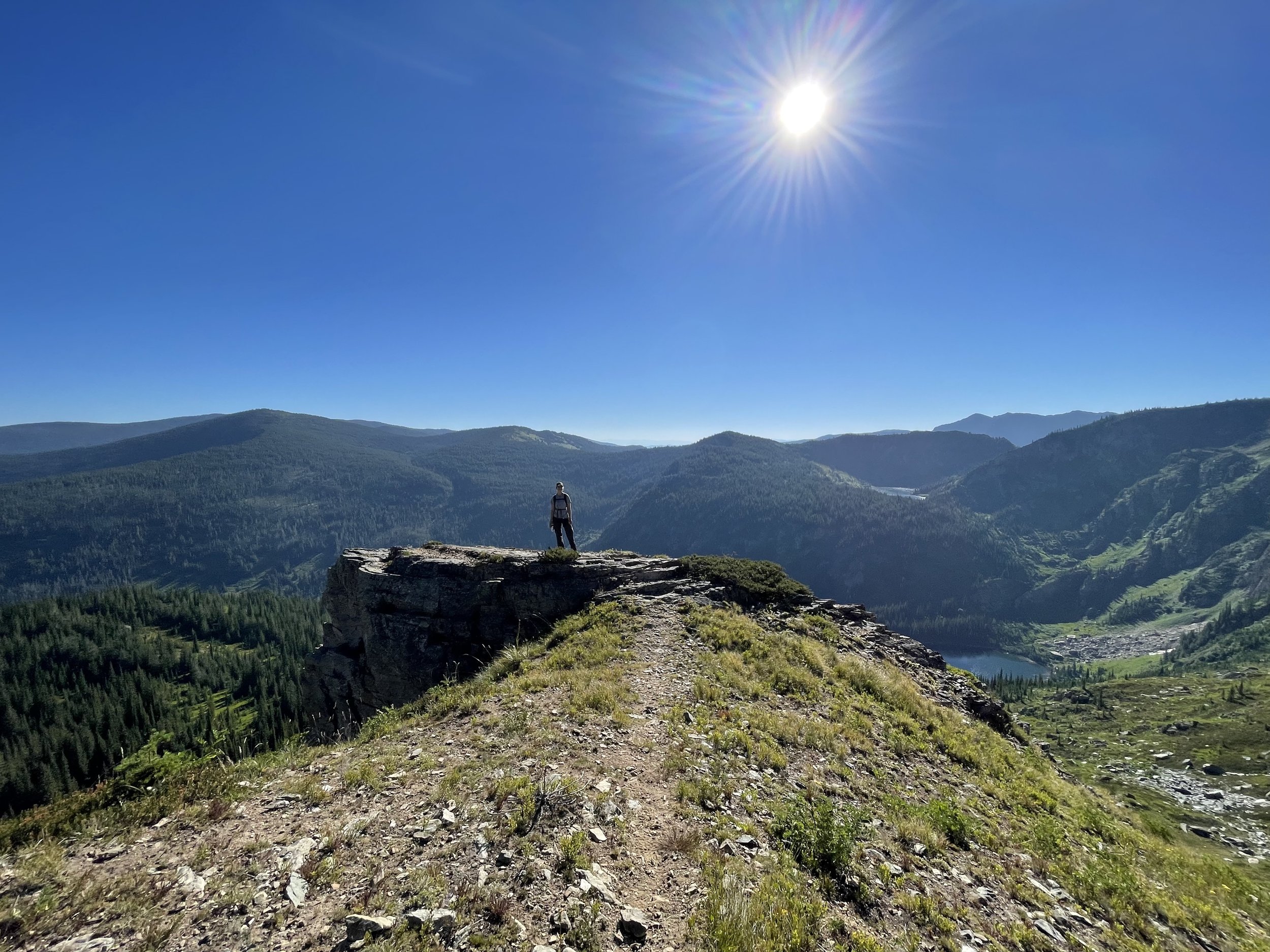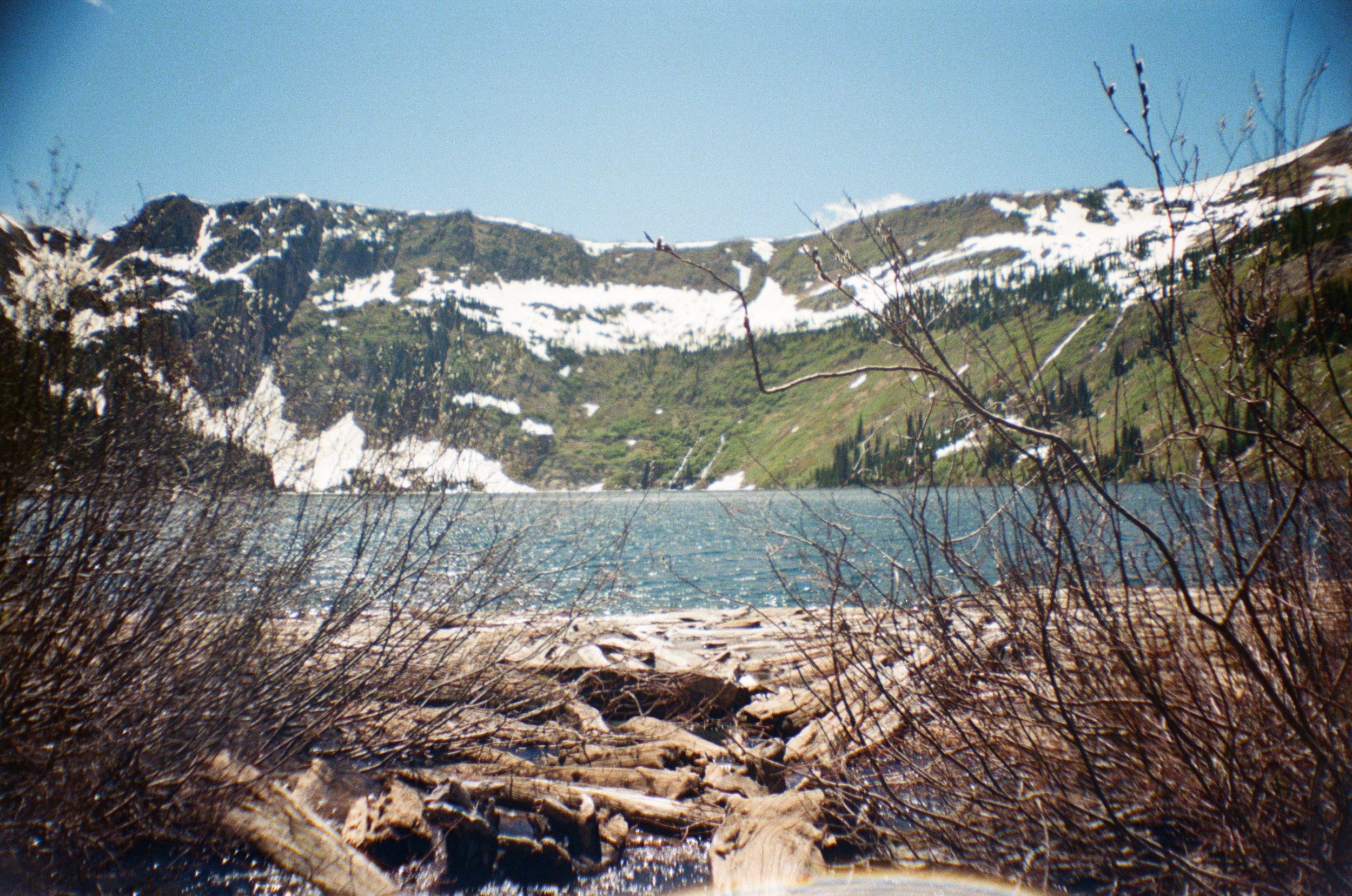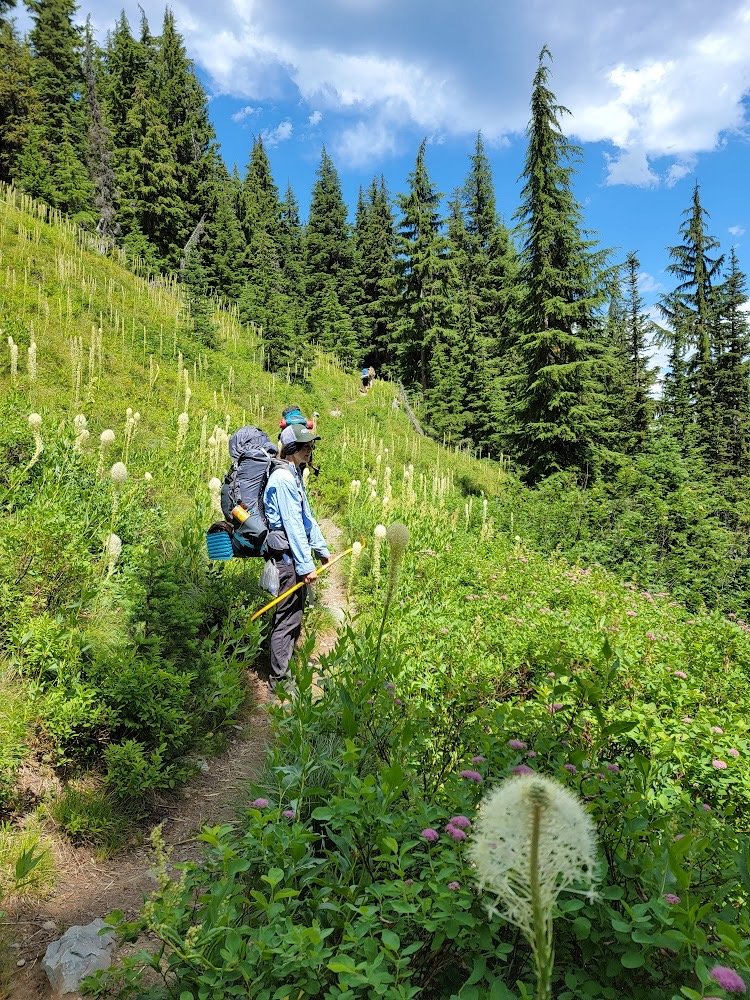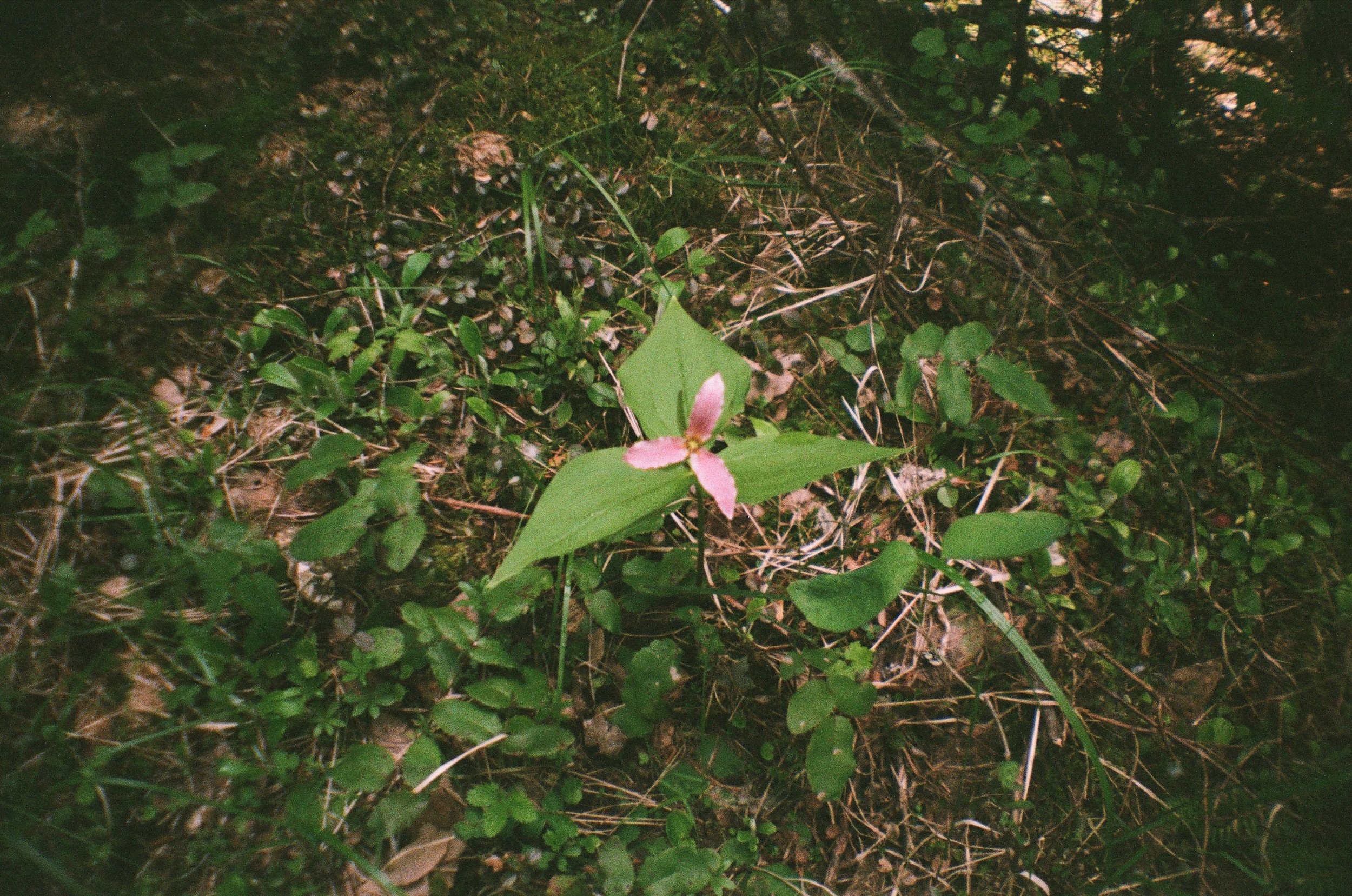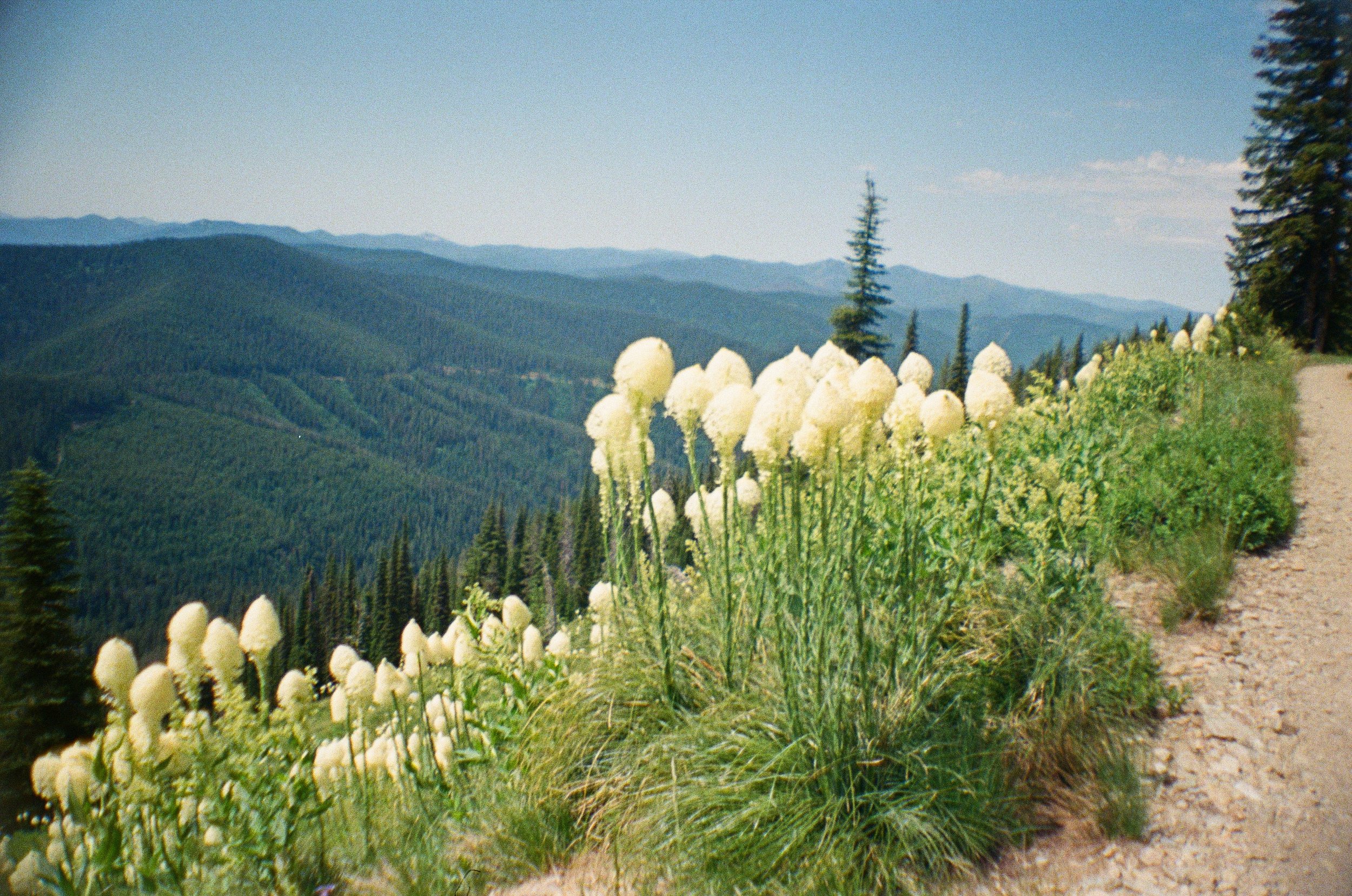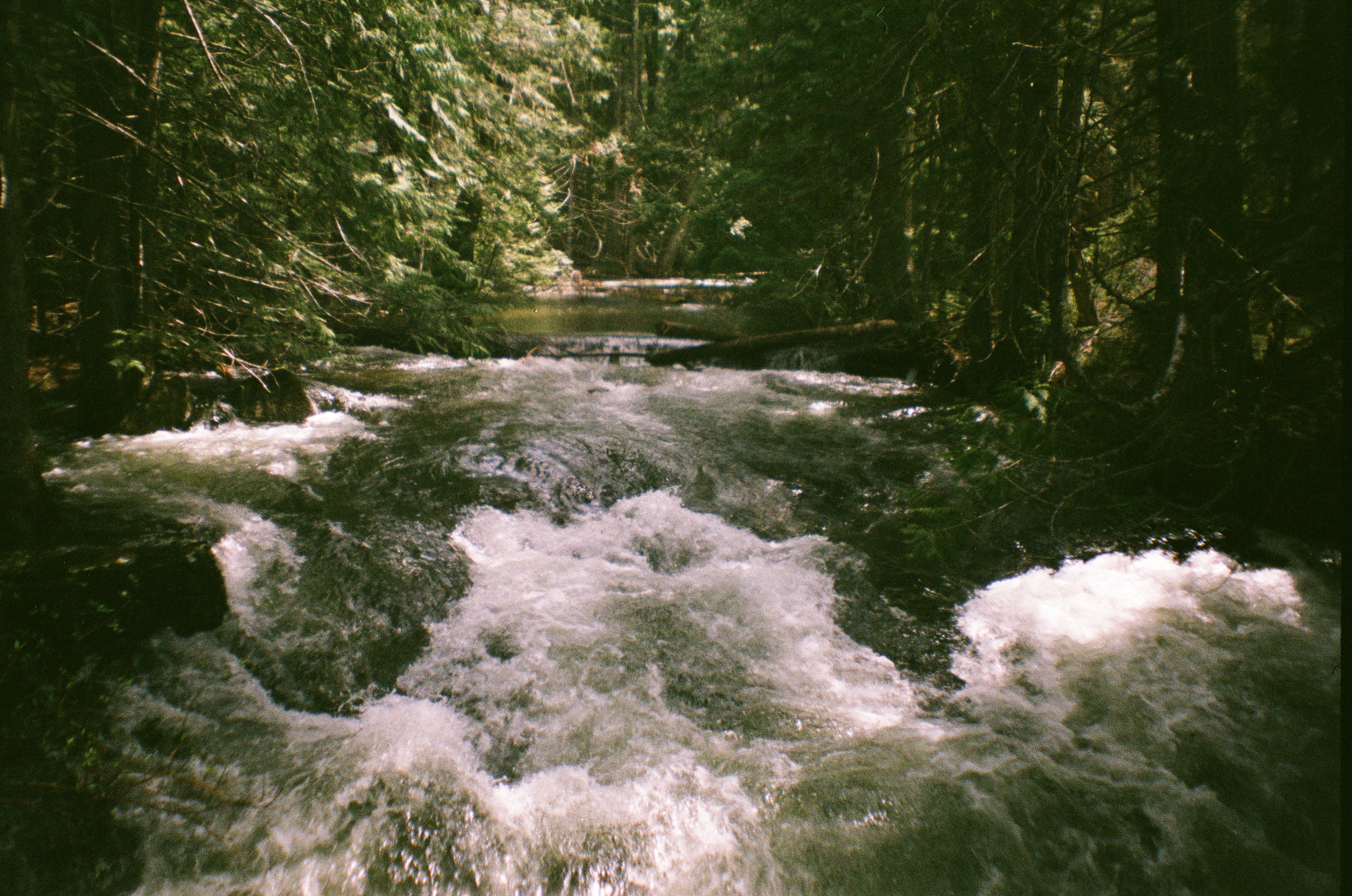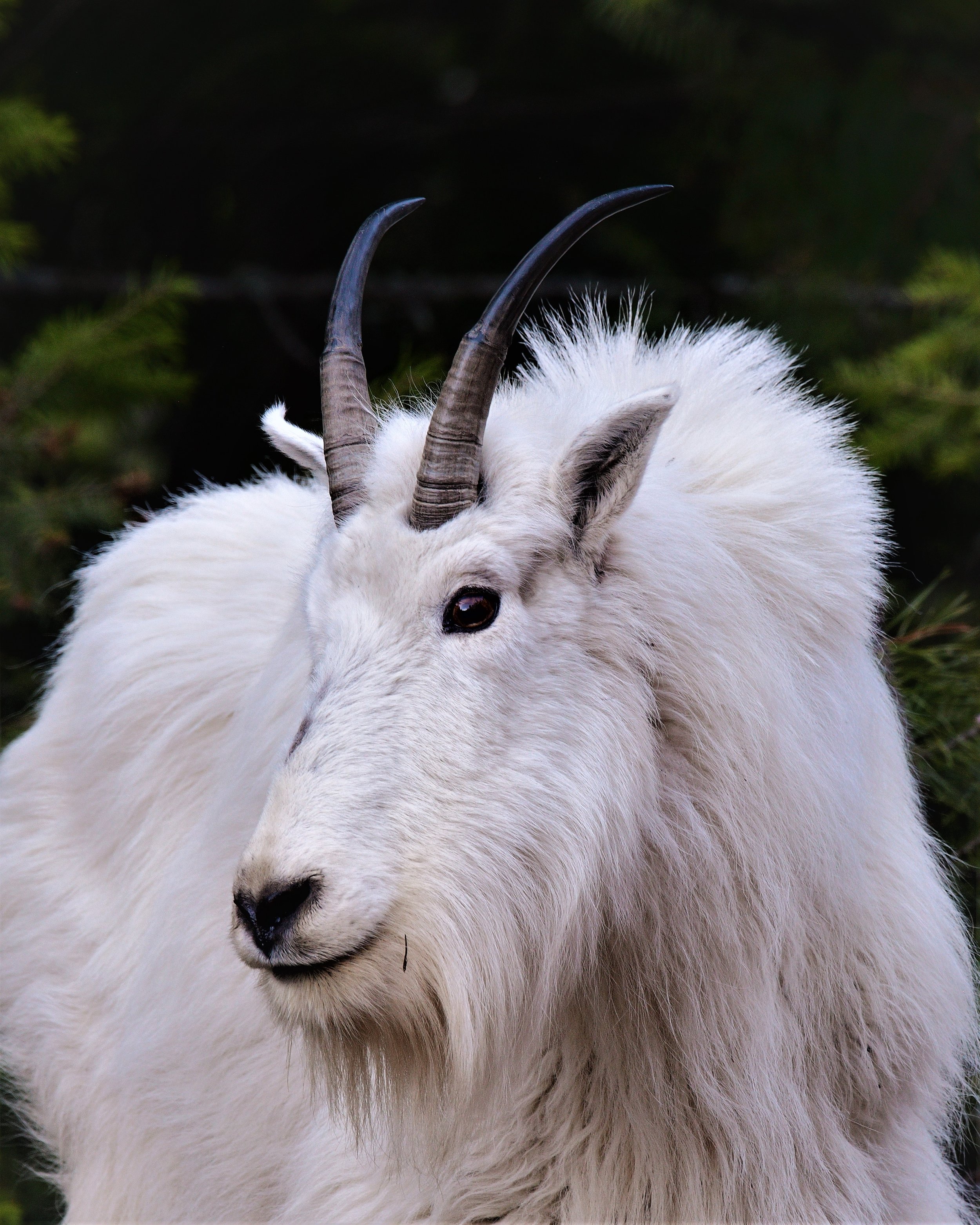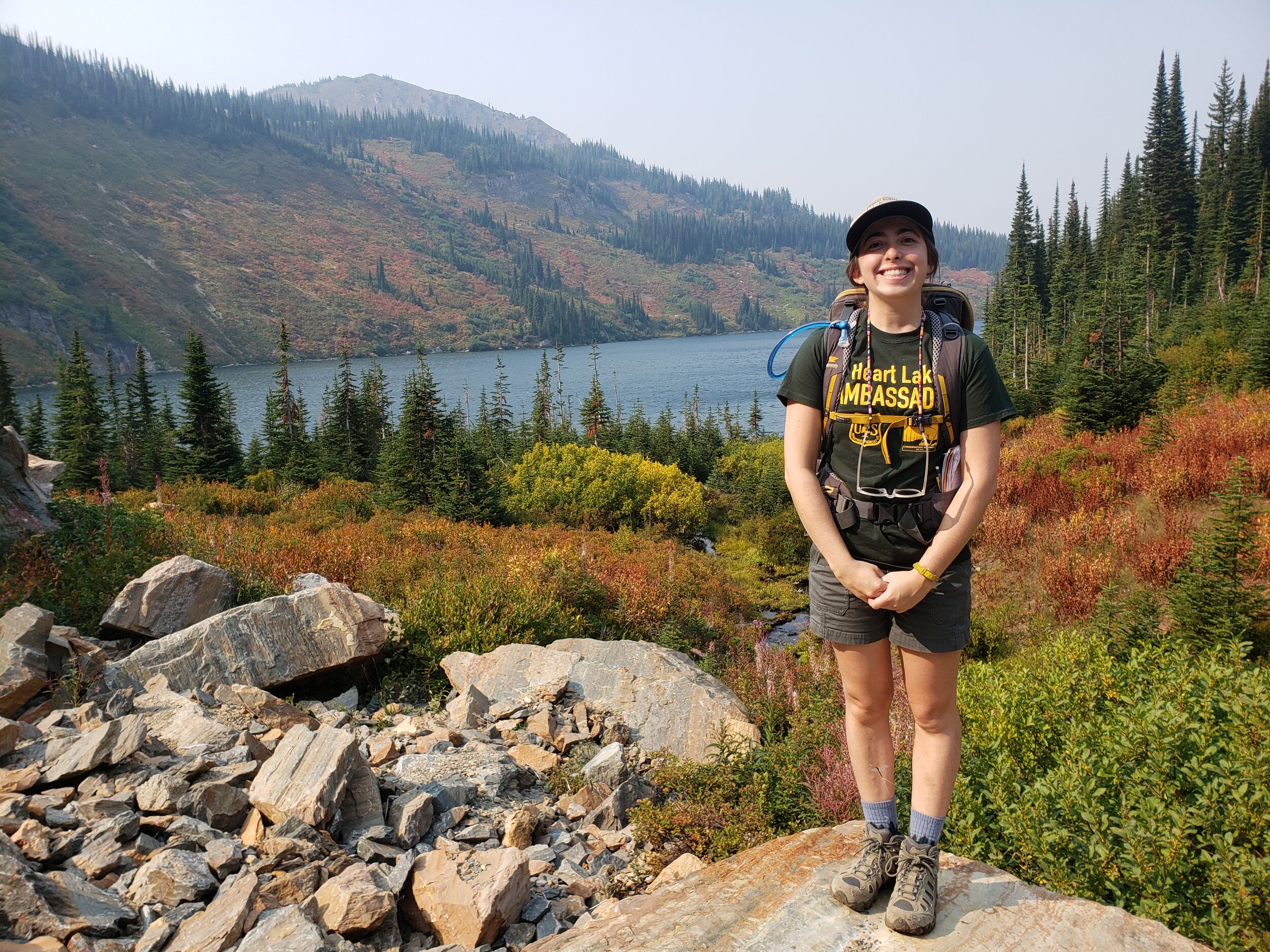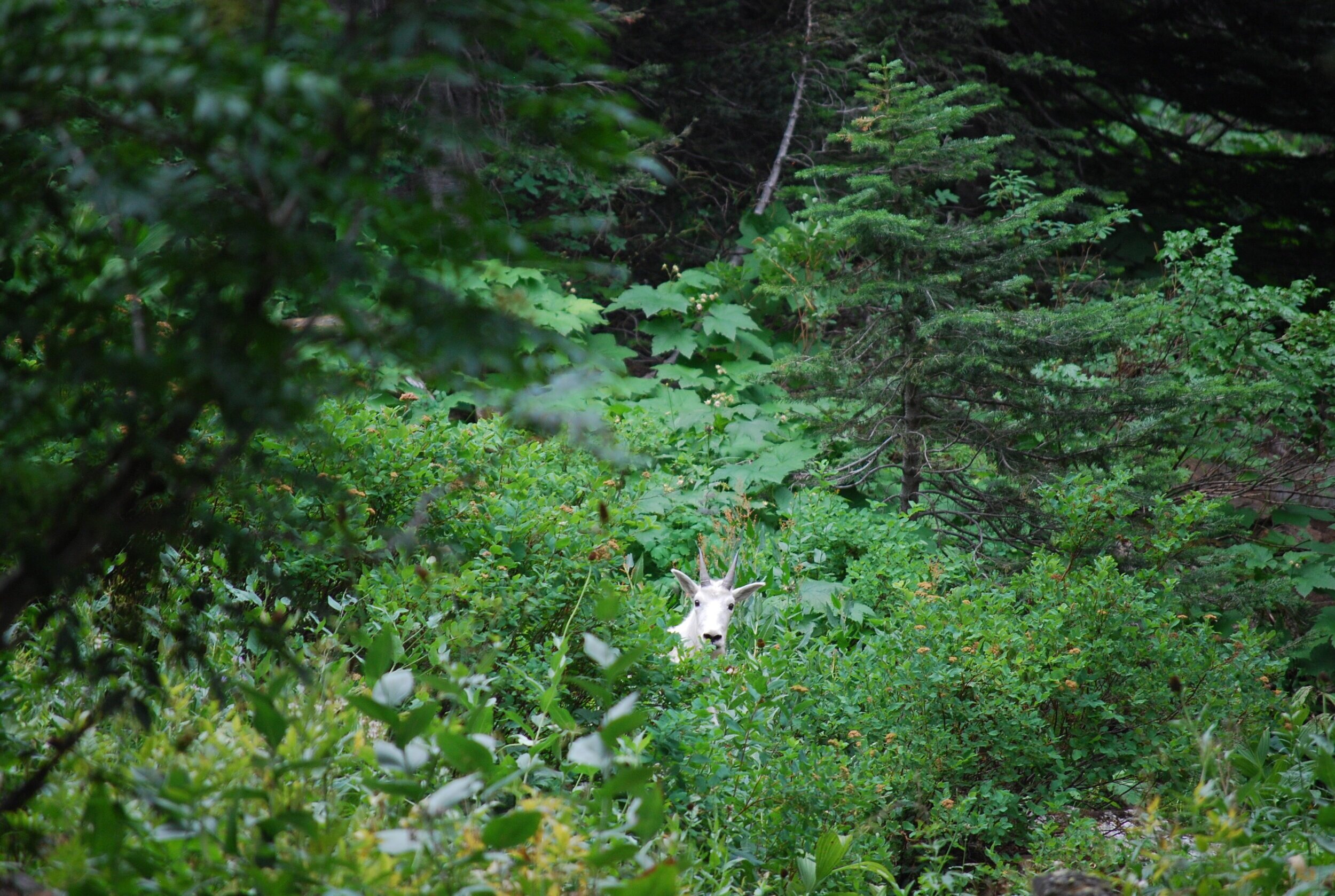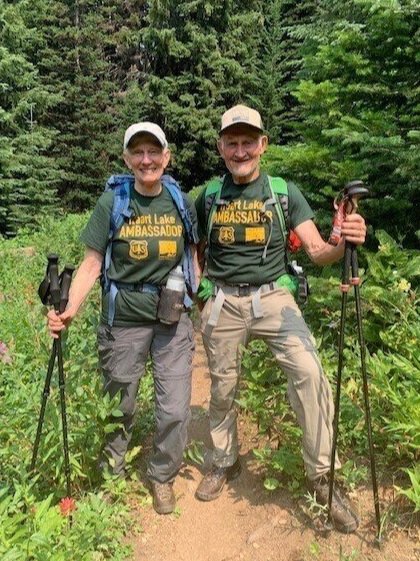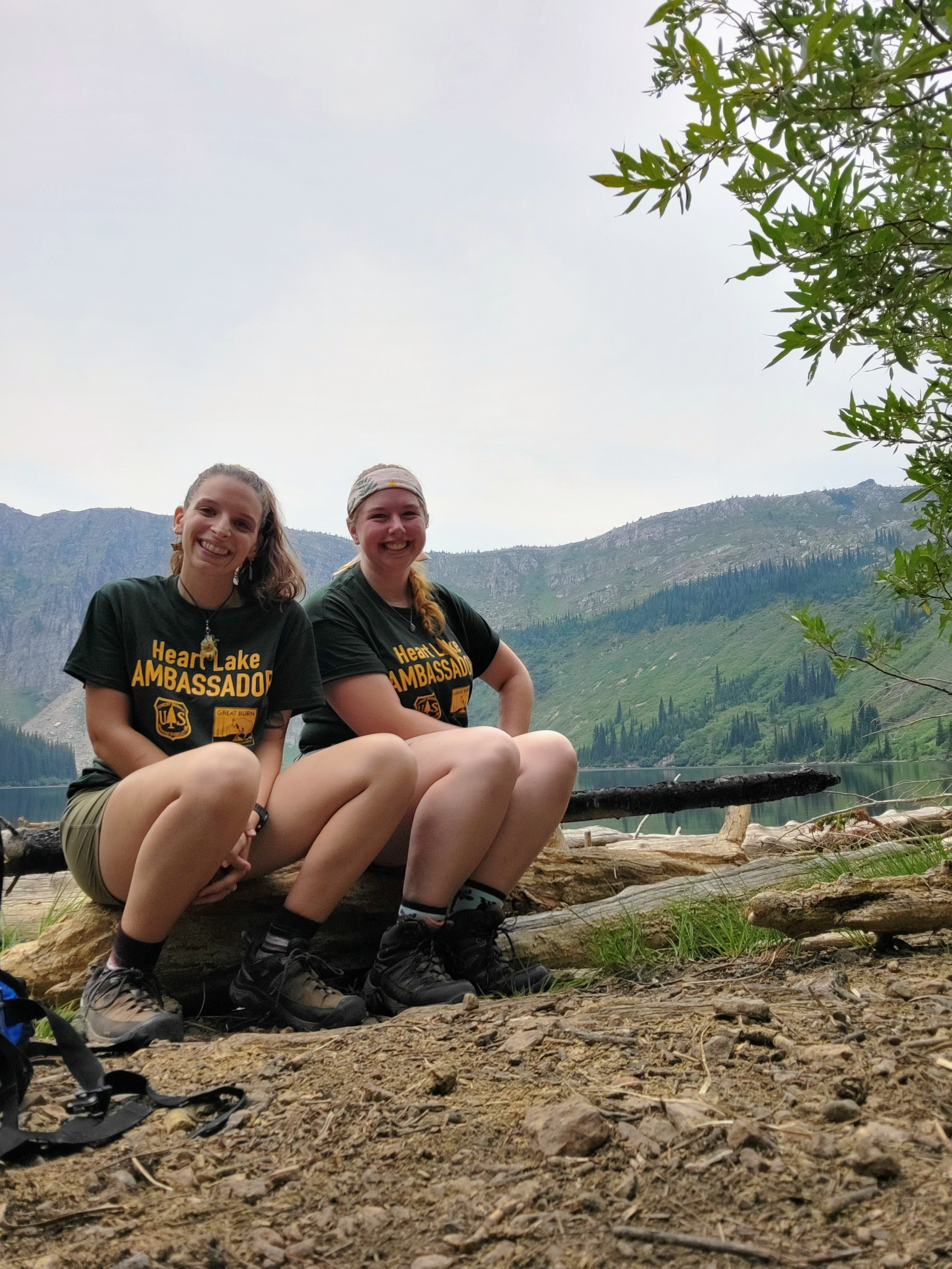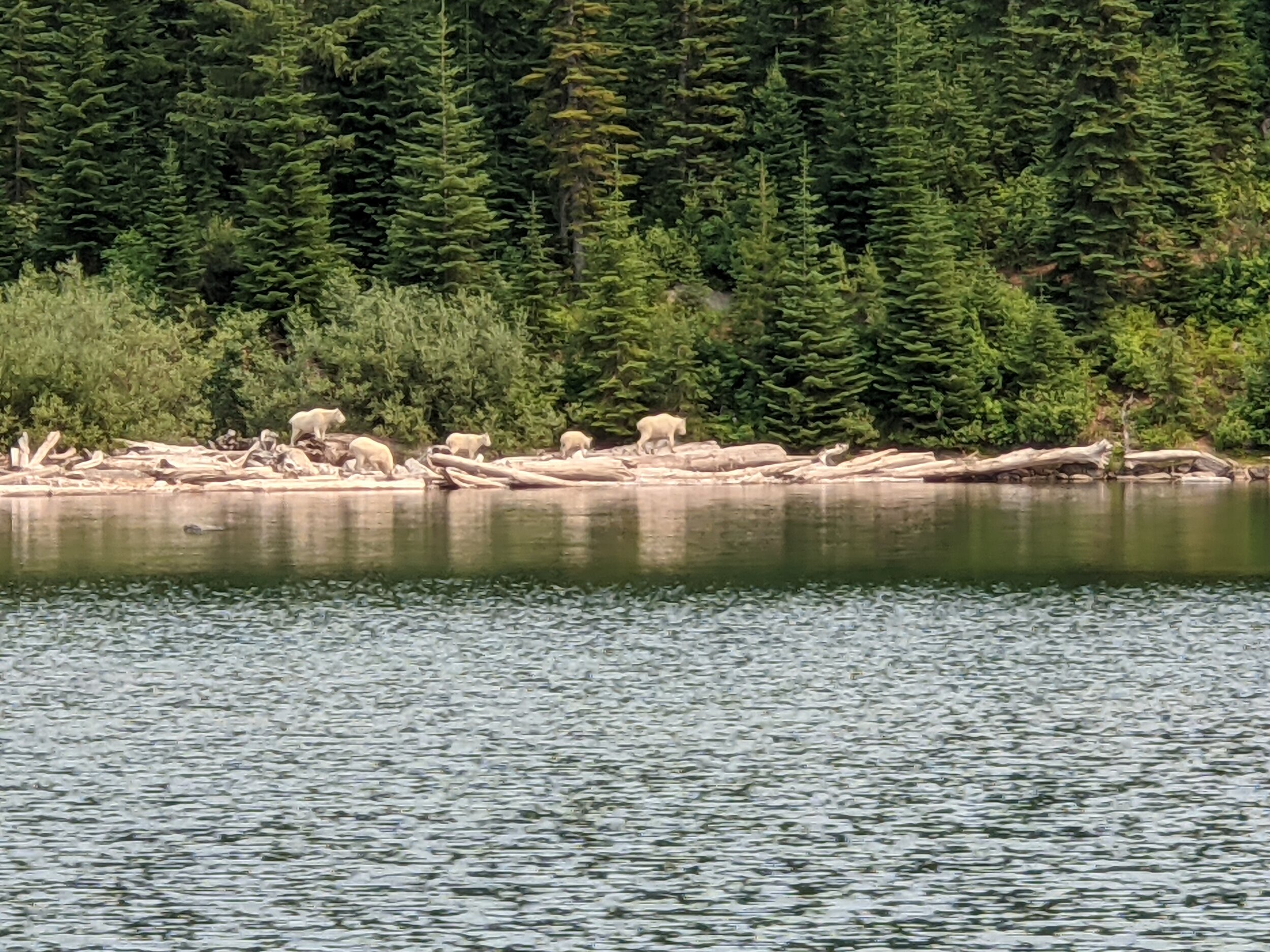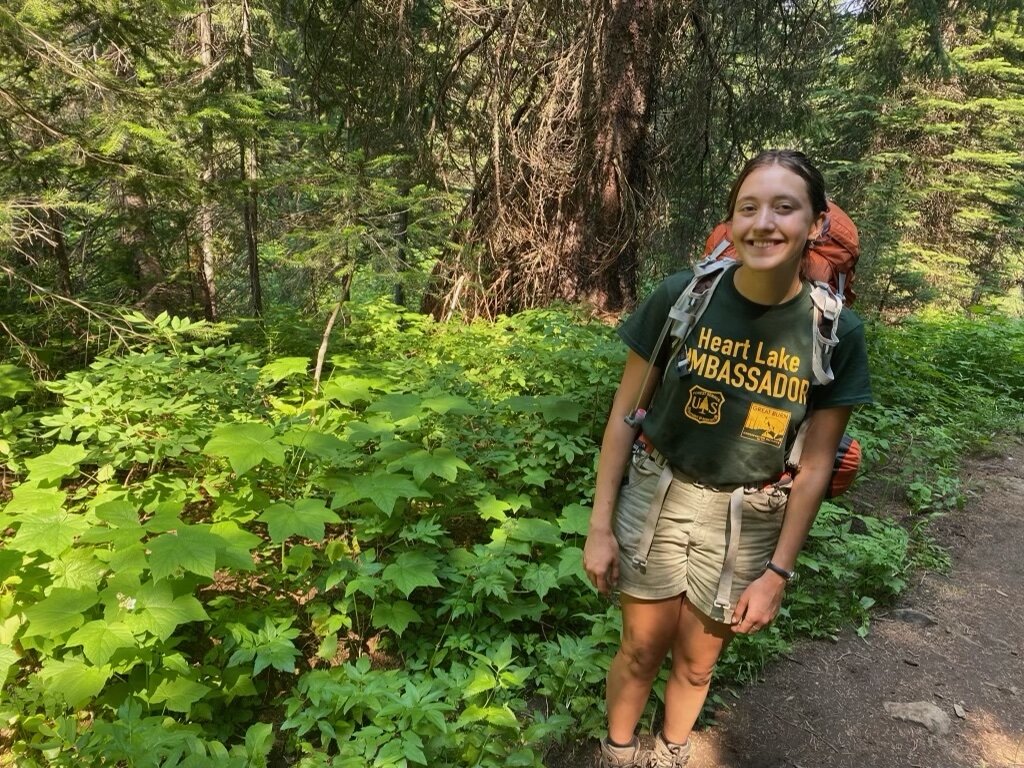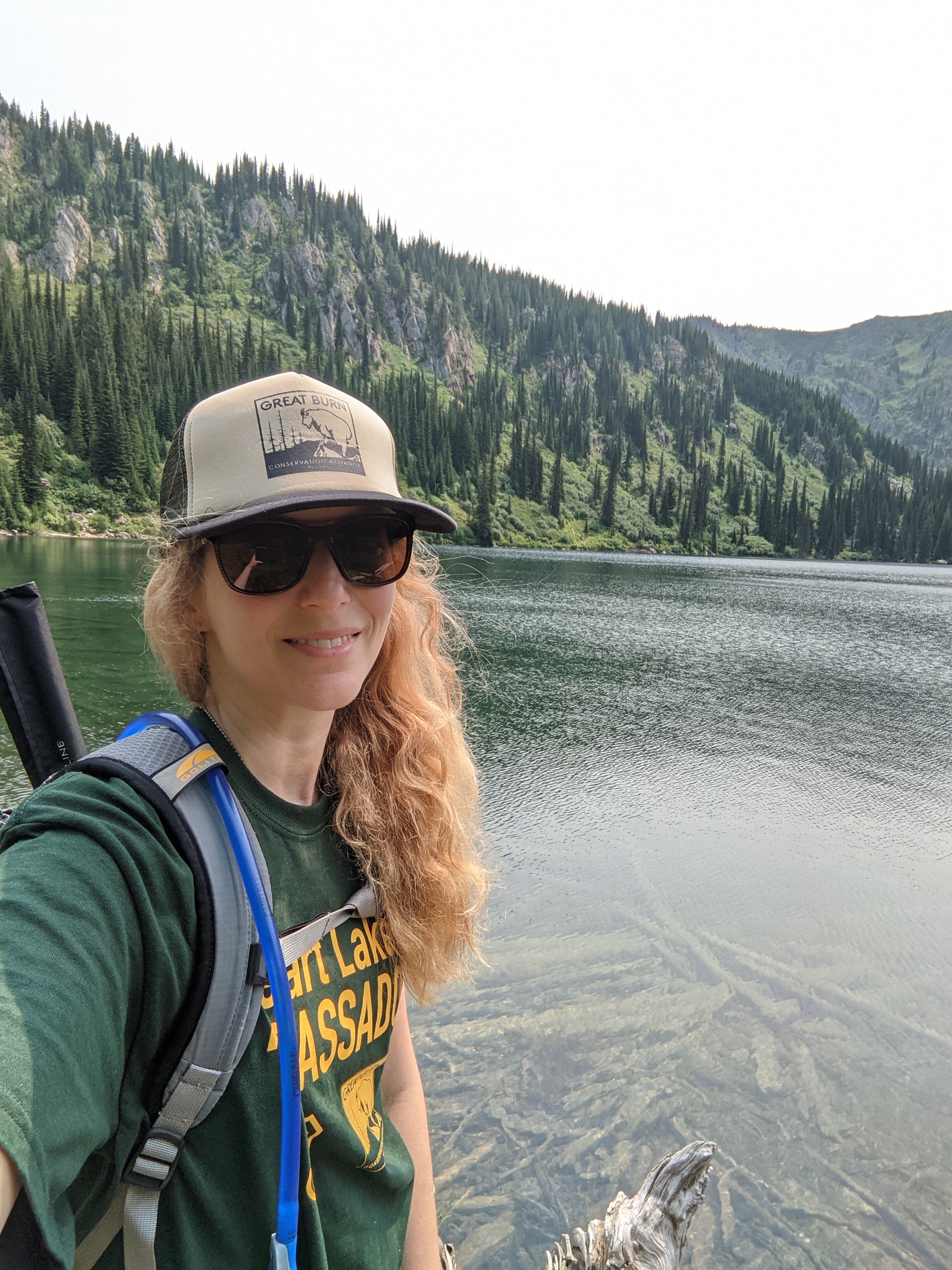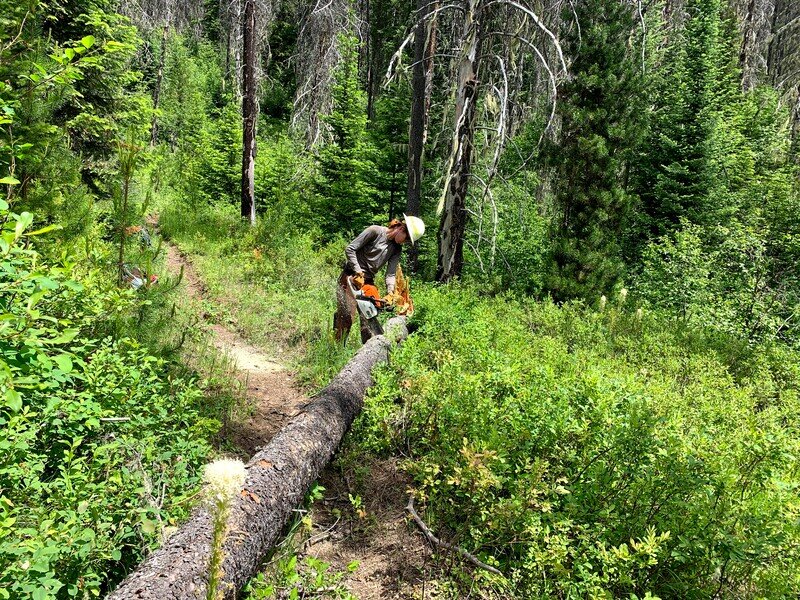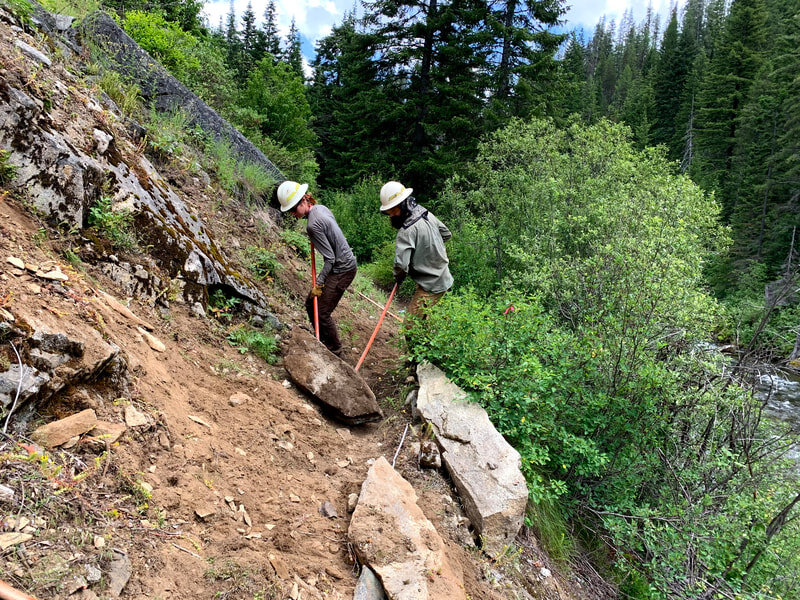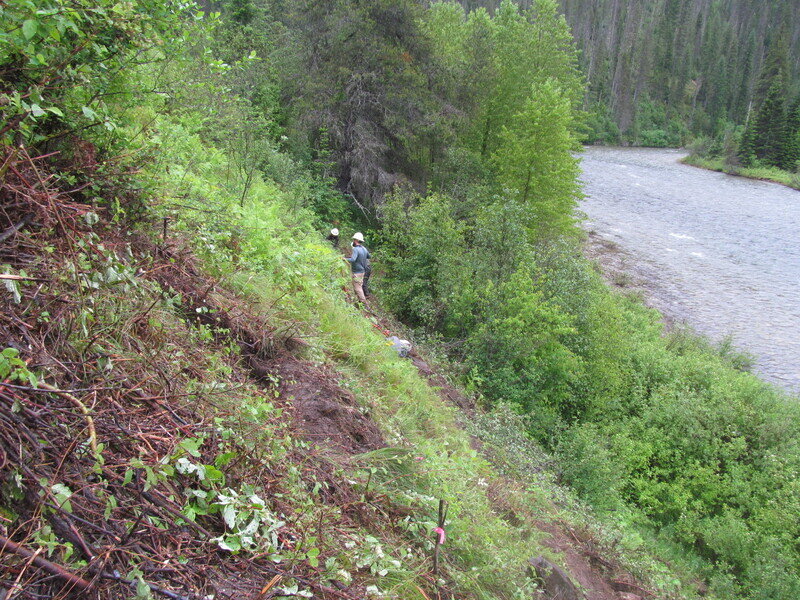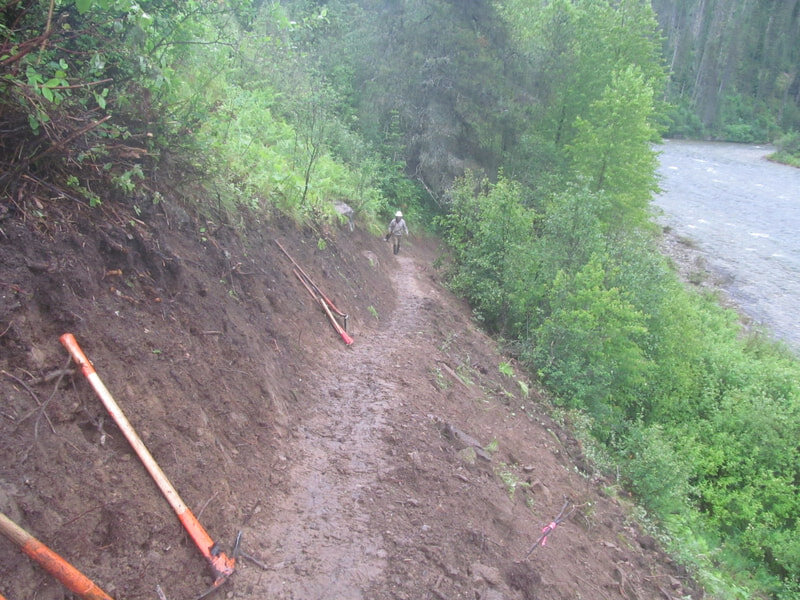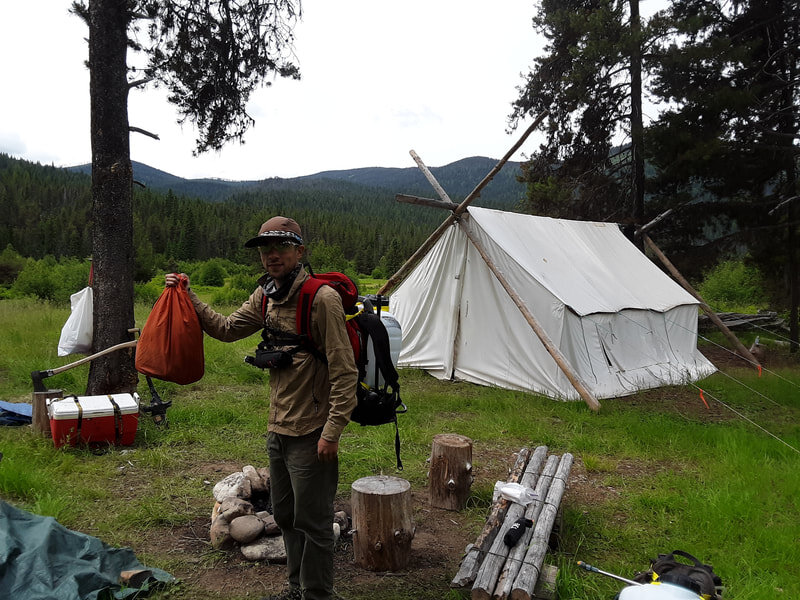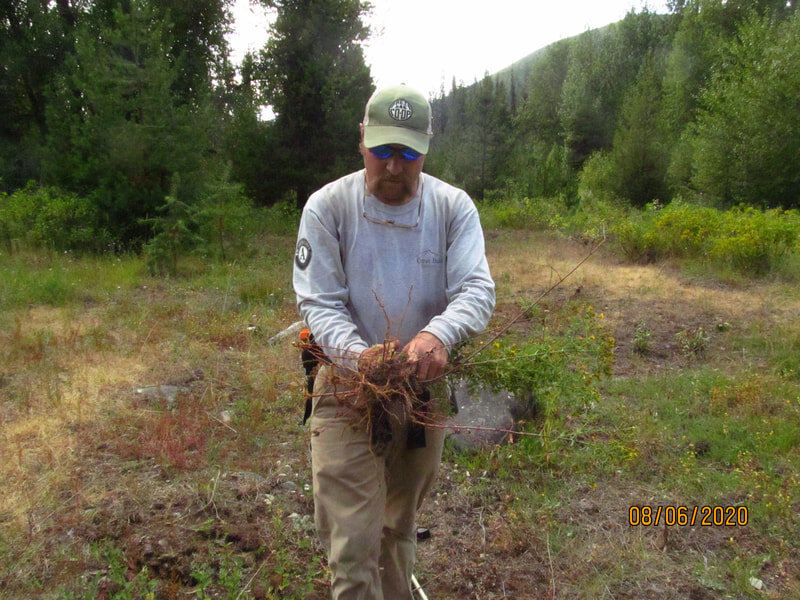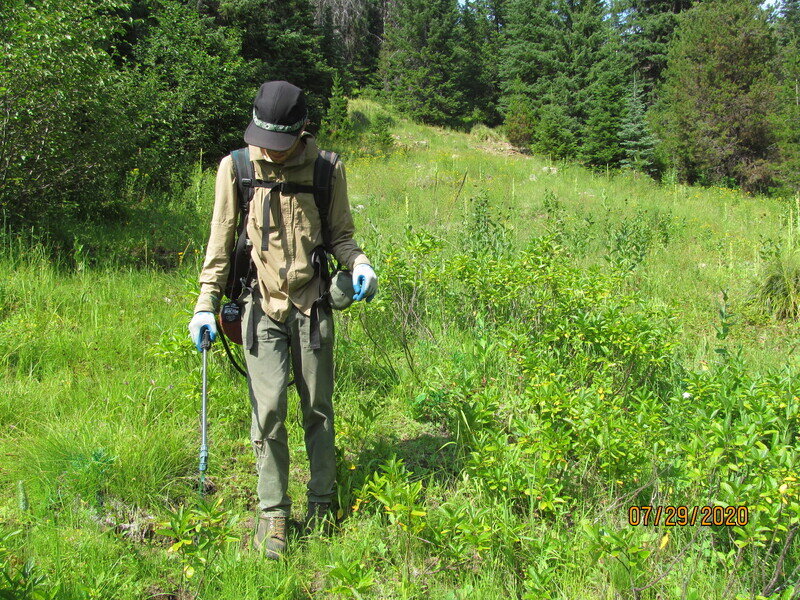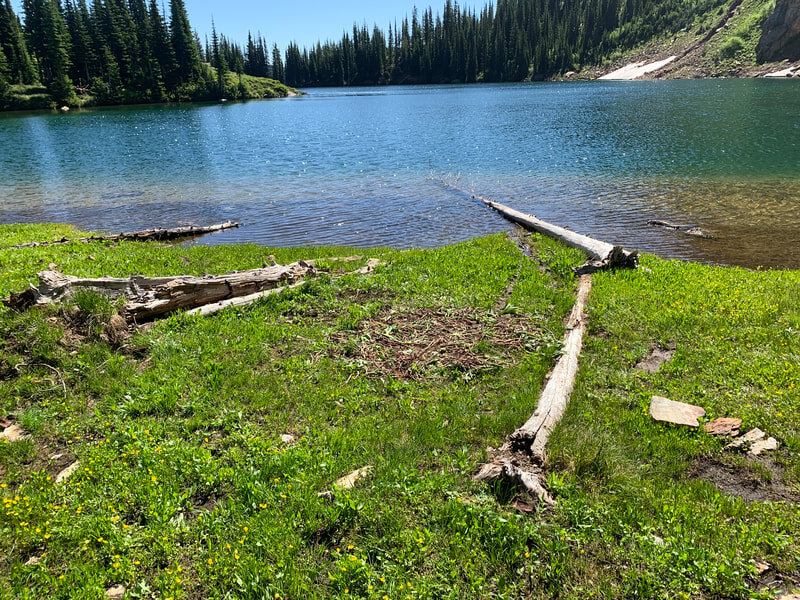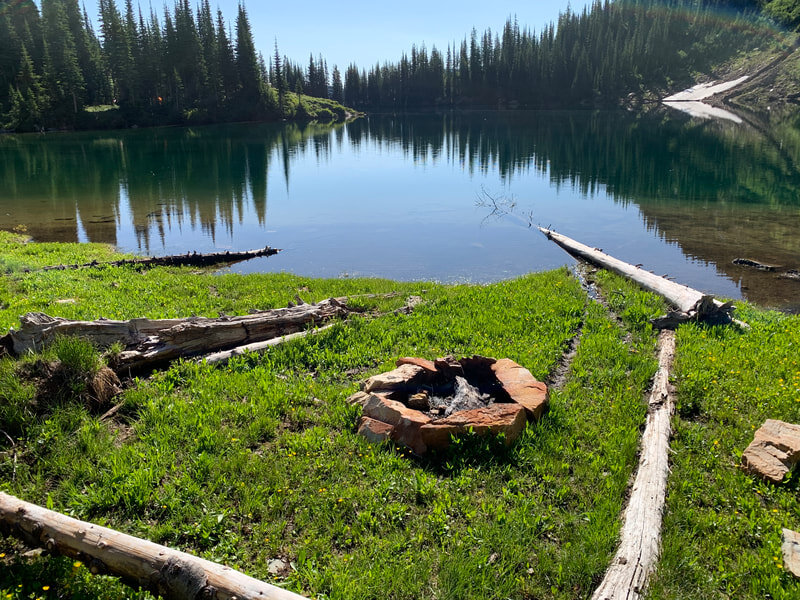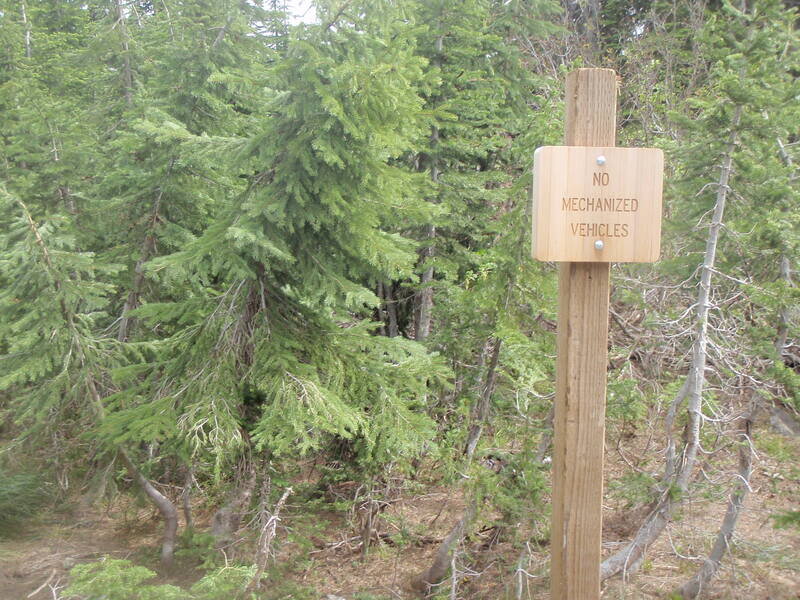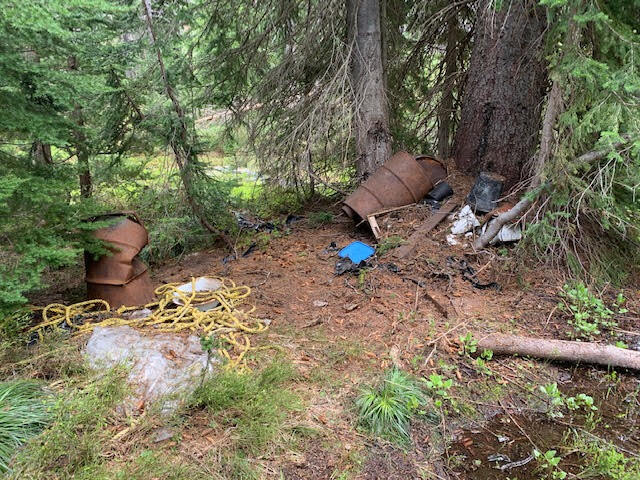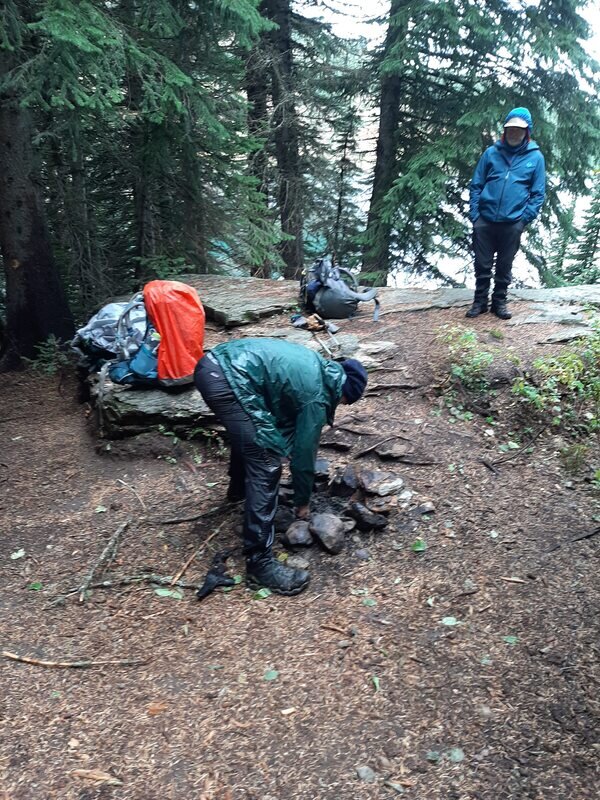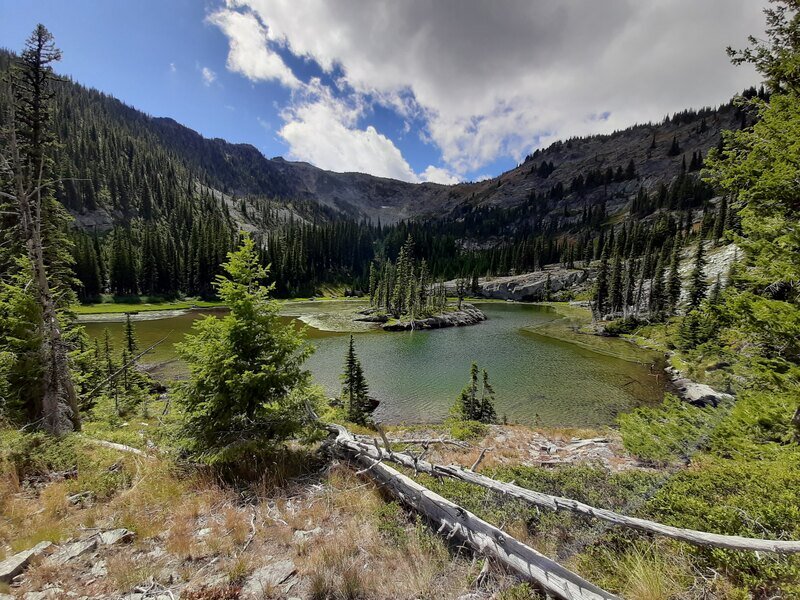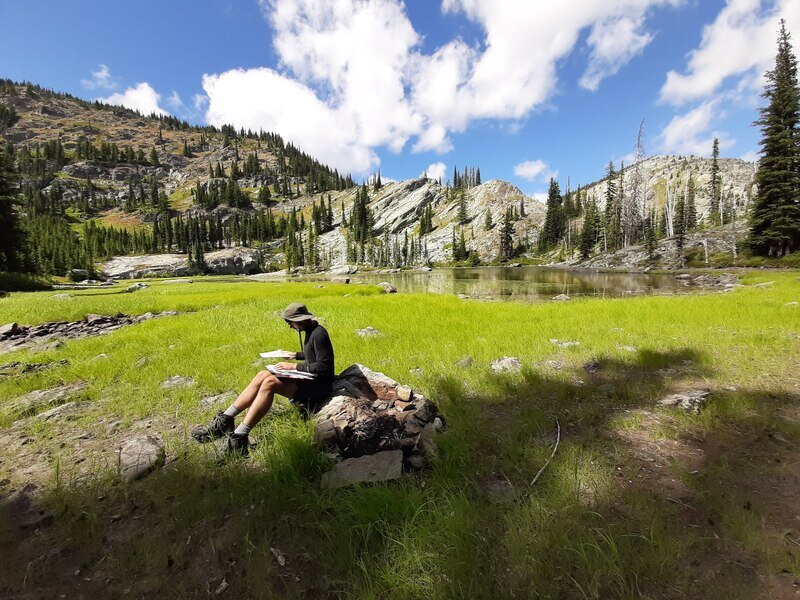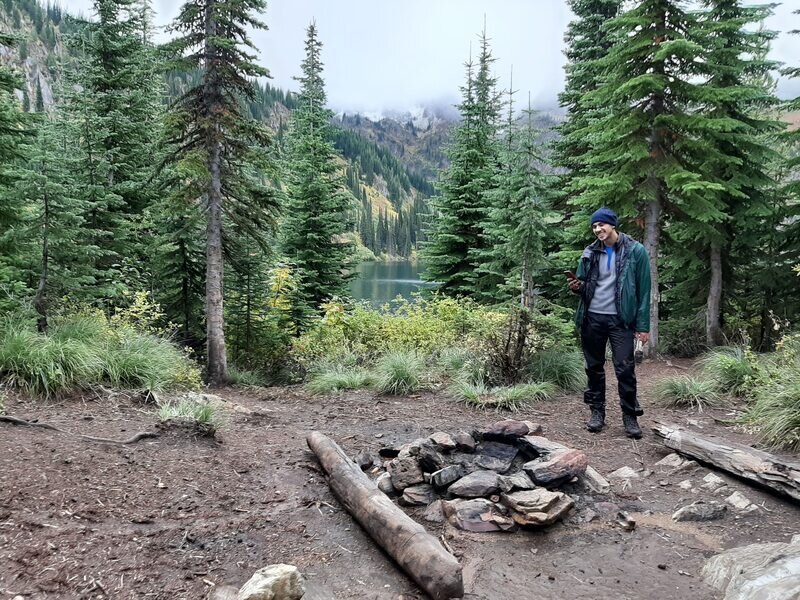In 2022, GBCA hosted it’s first Montana Conservation Corps Fellow. The position was in place from May-September, and helped organize and lead many of GBCA’s volunteer stewardship trips. Here are some final reflections from a successful first season.
Hi again! I cannot believe it is already the end of September! As my Montana Conservation Corps term comes to an end, I wanted to share some of my experiences and what I have learned from my work at GBCA with you all.
Right from the start, I was welcomed with open arms onto the GBCA team. At GBCA, I worked closely alongside Hayley, who taught me so much about how to organize and coordinate stewardship projects at a nonprofit, and Rory, who co-led volunteer trips with me and shared his immeasurable knowledge about the Great Burn.
I was also able to get to know other members of the GBCA team, including Skye, Laura, Matthew, and some of our board members, particularly Bert Lindler, Elise Watts, and Daphne Herling. I learned valuable skills from these people that I will carry with me into my career as a conservationist.
As I focused on outreach in Missoula and Mineral counties, I met lots of people from western Montana communities that use the Great Burn or are involved with the management of the land in one way or another. I often tabled at farmers markets in Missoula, Frenchtown, and Alberton, where I interacted with locals who ranged from never having heard about GBCA before to those who were Great Burn regulars and long time supporters of the work that we do.
And through attending natural resource-oriented meetings in Missoula, Superior, and in the Great Burn, I was able to learn about how GBCA values partners and stakeholders in conversations and collaboration.
My favorite part of this job was getting out into the place we work for with our volunteer groups. The Great Burn, as anyone who has experienced it knows, is remote and stunning. And each one of our volunteer trips attracted a collection of unique and inspiring individuals. In addition to working alongside amazing volunteers, I also learned how to do and teach various types of conservation projects, such as trail brushing, campsite naturalization, and noxious weed management. I have such a heightened appreciation for the strenuous work that goes into maintaining beautiful trails and clean campsites now!
The Heart Lake basin is a popular and special place in the Burn, and I had the pleasure of going there many times to work with different teams on various projects. Coming from Pomona College, understanding and mitigating human-wildlife interactions was one of my biggest passions. At Heart Lake, I had the opportunity to experience how human use of this area often results in close-up encounters with mountain goats.
The potentially dangerous outcomes of these encounters is something GBCA, US Forest Service, and Montana Fish Wildlife and Parks take very seriously, and our implementation of the Heart Lake Ambassador program aims to reduce negative interactions and improve our understanding of how increased human activity is impacting this native herd. I loved contributing to this program as well as installing new signage, brushing the trail with a Superior-based youth crew, and conducting wildlife surveys.
Can you spot the goat in the background?
Although I am sad to be leaving GBCA, I am so grateful for my time here and how it has prepared me for my next steps. Going forward, I want to continue to advocate for wildlife habitat, landscape connectivity, human access and recreation, and social, economic, and environmental impacts of conservation policy on rural communities. In the spring I will start my Masters of Science at WSU Pullman, where I will research climate and fire resiliency in the PNW. My work at GBCA has emphasized how different dimensions of conservation work (including science, policy, and on the ground stewardship) are necessary to make the best and most informed conservation decisions that benefit human communities and the environment. I hope to stay involved with GBCA, and I look forward to seeing what we can accomplish together in the coming years!
